Alaska is the final frontier, one of the last bastions of this country’s great wilderness. If you are interested in wildlife, photography, nature, and a truly unique travel experience, there is no better destination than Alaska. Alaska offers many attractions throughout the year, but its proximity to the Arctic circle means that winters can be dark and frigid. Most travelers, especially those interested in seeing bears, eagles, and whales in their natural habitat, choose the spring and summer months to do their sightseeing.
If you are trying to decide when is the best time to go to Alaska, here are a few tips to help you plan your trip.
1. Early Spring
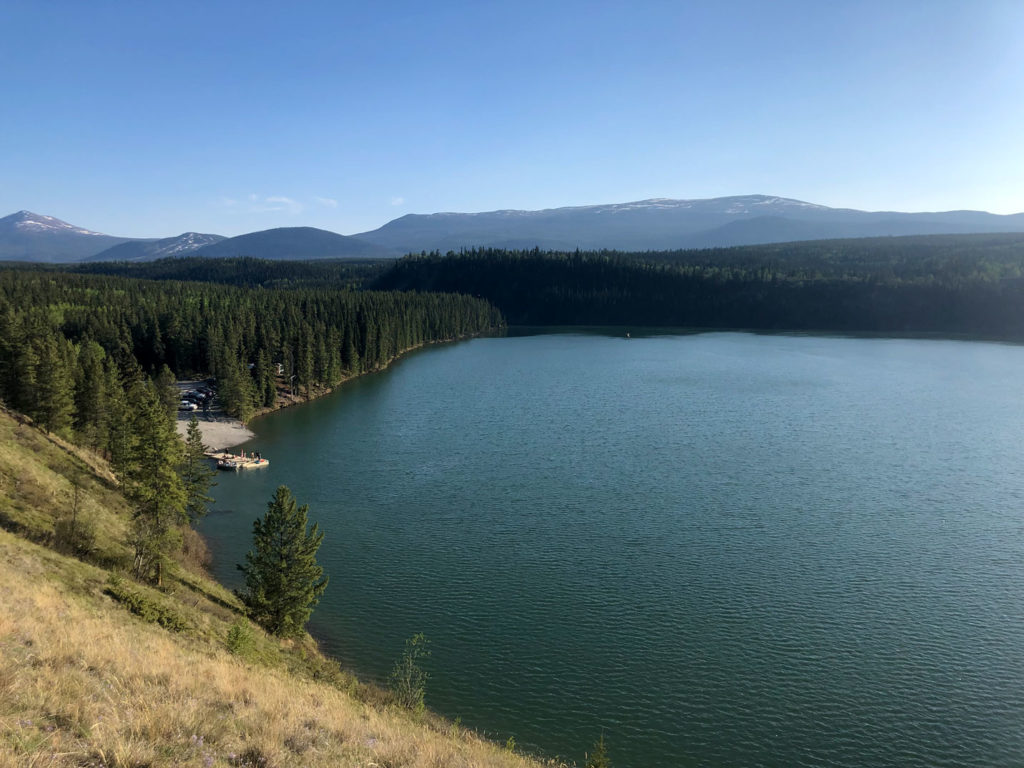
If you are considering seeing Alaska in early spring, one of the great attractions at this time of year is the gray whale migration, one of the longest migrations of any mammal on earth. These magnificent creatures travel 10,000 miles every year between Mexico to the Arctic. Every year of their lives they swim more than 10,000 miles roundtrip, between nursery lagoons in Mexico to feeding grounds in the Arctic. The migration begins with adults, young males, and newly pregnant females who begin their trek up from the Baja peninsula, with younger ones staying in the warm waters of Mexico to gain weight and strength before the long trip. Between April and May, the whales pass through Ketchikan, Sitka, Kodiak, and Seward.
2. All Kinds of Whales
Gray whales are not the only member of this impressive species to pass through the waters of Alaska. Humpback whales, blue whales, minke whales, orcas, and belugas can also be seen in this state. Seeing a humpback whale make a spectacular crashing breach will surely be one of your most breath-taking moments. The best time to travel to Alaska if you are particularly interested in whale watching is between the months of June and August. You can see beluga whales year-round in the Cook Inlet, and from spring through fall they are often spotted near Anchorage. During fall and winter, they head south to Kachemak Bay. This species is often playful to watch. Approximately 500 humpback whales live in Southeast Alaska’s Inside Passage during the summer months, while others gather in the spring near the Bering Sea, Prince William Sound and Glacier Bay. The best time to see one of the thousand resident orcas in Alaska is during the months of June through September. These black and white beauties can grow up to 27 feet and the males’ dorsal fin can reach 6 feet in height!
3. Bear Viewing
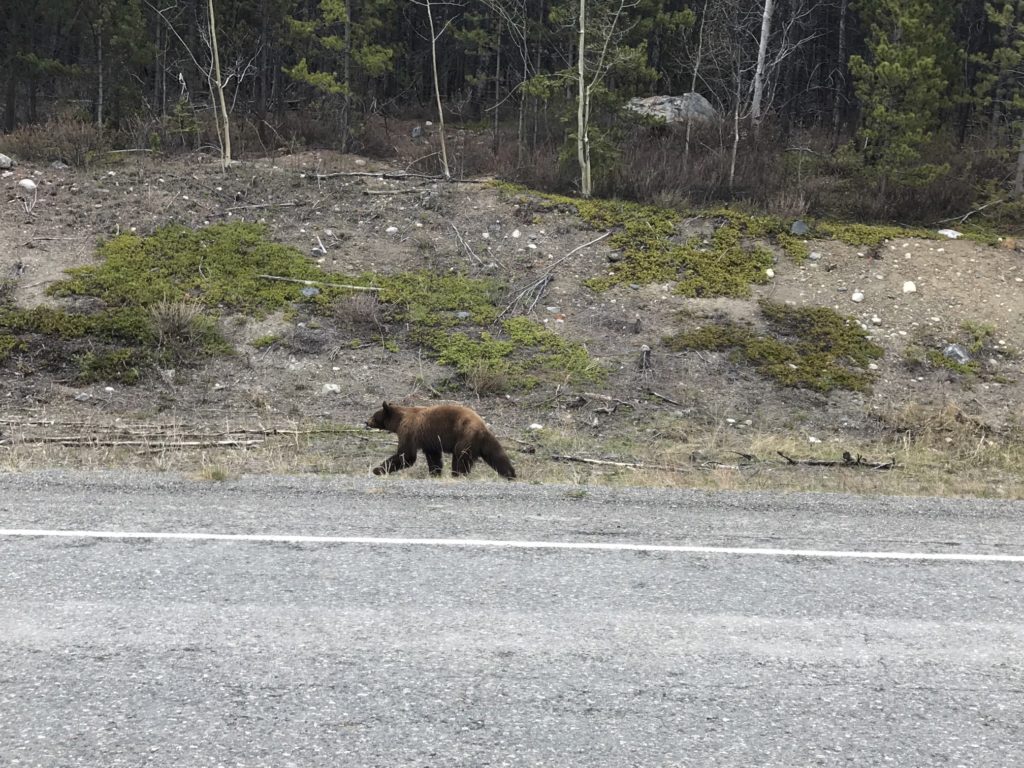
Bears are the iconic symbol of Alaska: rugged, proud and beautiful The state has four kinds of bears: black, polar, grizzly and glacier. June and July are the best months to catch a glimpse of these animals in their natural habitat: feeding, hunting, and playing with their families, Alaska has approximately 40,000 brown/grizzly bears and 100,000 black bears roaming wild. Grizzlies depend on the annual salmon runs as a mainstay for their diets. especially as they prepare for a long winter hibernation.
Polar bears may be harder to spot, not only because of their natural camouflage. They live far North, but some tours will fly you from Fairbanks up to some of the Arctic islands. In the winter, polar bears will go out on sea ice hundreds of miles from shore to hunt for seal.
Black bears can be seen on many tours, sometimes with cubs in tow. Black bears swim well and often climb trees to feed on buds and fruit. They have a keen sense of smell, acute hearing, but poor eyesight. They can be seen at any hour of the day, but are most active at night.
The summer months are often the best time to travel to Alaska to see not only bear but all kinds of wildlife, including birds, wolves, otters, caribou, and moose.
4. Eagles and Other Birds
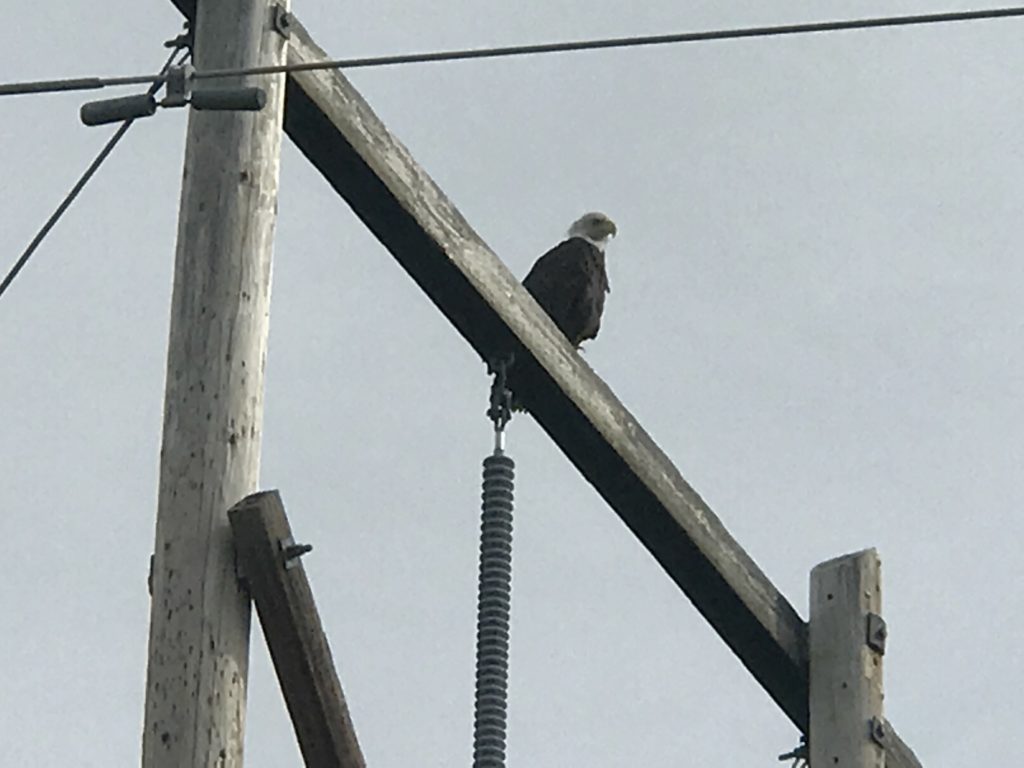 Alaska is an ornithologist’s paradise, with a wide variety of bird species like trumpeter swans, puffins, cormorants, kittiwakes and of course eagles. More half of North America’s bald eagle population lives in Alaska. You can see them feeding in rivers and tending their eggs in the summer, but the best time to observe them is in the fall and early winter.
Alaska is an ornithologist’s paradise, with a wide variety of bird species like trumpeter swans, puffins, cormorants, kittiwakes and of course eagles. More half of North America’s bald eagle population lives in Alaska. You can see them feeding in rivers and tending their eggs in the summer, but the best time to observe them is in the fall and early winter.
In November the Alaska Chilkat Bald Eagle Preserve hosts the annual Alaska Bald Eagle Festival. This area is home to the largest population of eagles anywhere in the world: you may see hundreds at a time. Bald eagles are attracted to the area by the availability of spawned-out salmon and open waters in late fall and winter. Five species of salmon spawn in these waters then die after spawning, providing large quantities of food for the eagles.
5. Year-Round
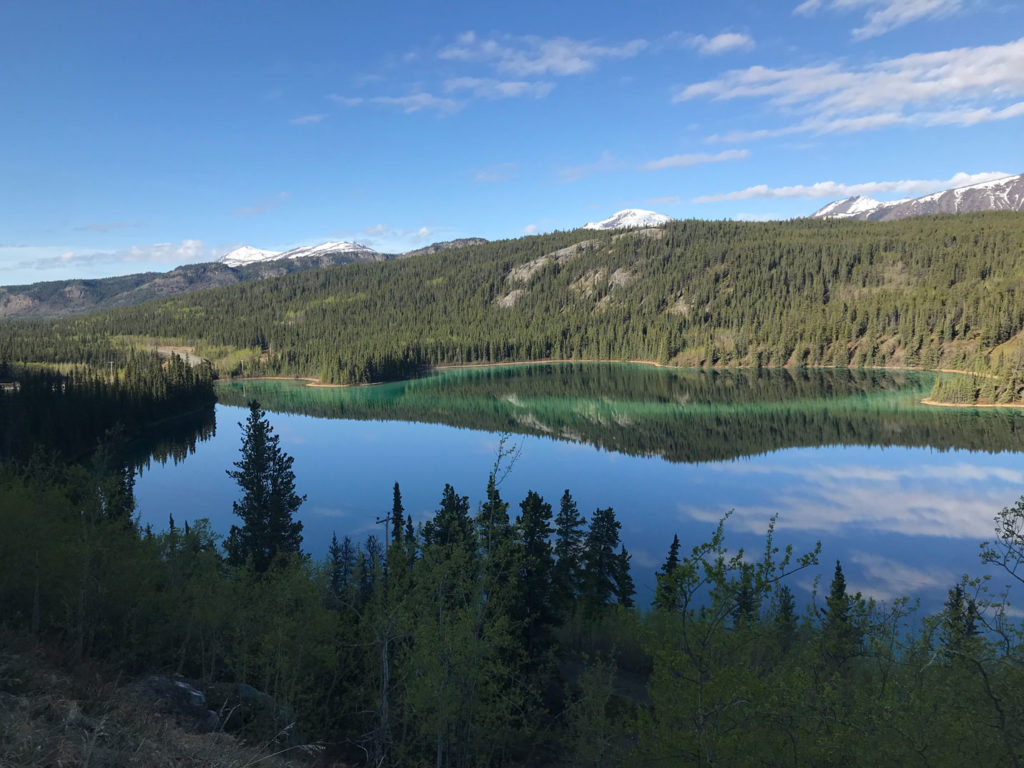 If you do not mind the cold, Alaska is really a wonderful place to visit all year round, although you may see less wildlife in the coldest winter months. However, there is still plenty to do in the wintertime, even for animal lovers.
If you do not mind the cold, Alaska is really a wonderful place to visit all year round, although you may see less wildlife in the coldest winter months. However, there is still plenty to do in the wintertime, even for animal lovers.
As the home to the famous Iditarod race, Alaska is well known for dog sledding, and some companies offer this uniquely Alaskan activity throughout the entire year. It’s exhilarating to through the forests pulled by powerhouse Malamutes and huskies.
You may be lucky enough to glimpse the Northern lights during one of these wintertime excursions. You can also meet and greet some of the puppies!
When is the Best time to Go to Alaska? Now! Stop wondering when is the best time to go to Alaska. Who knows how much longer we have to glimpse this spectacular landscape as the climate continues to warm and natural habitats continue to change and evolve?
Think about taking a once-in-a-lifetime trip to see magnificent wild animals in their native environments, far away from civilization. You can bear witness to our country’s majesty, learn about indigenous cultures, and enjoy the freshest seafood you’ve ever tasted.
1 Comment
Submit a Comment Cancel reply
This site uses Akismet to reduce spam. Learn how your comment data is processed.

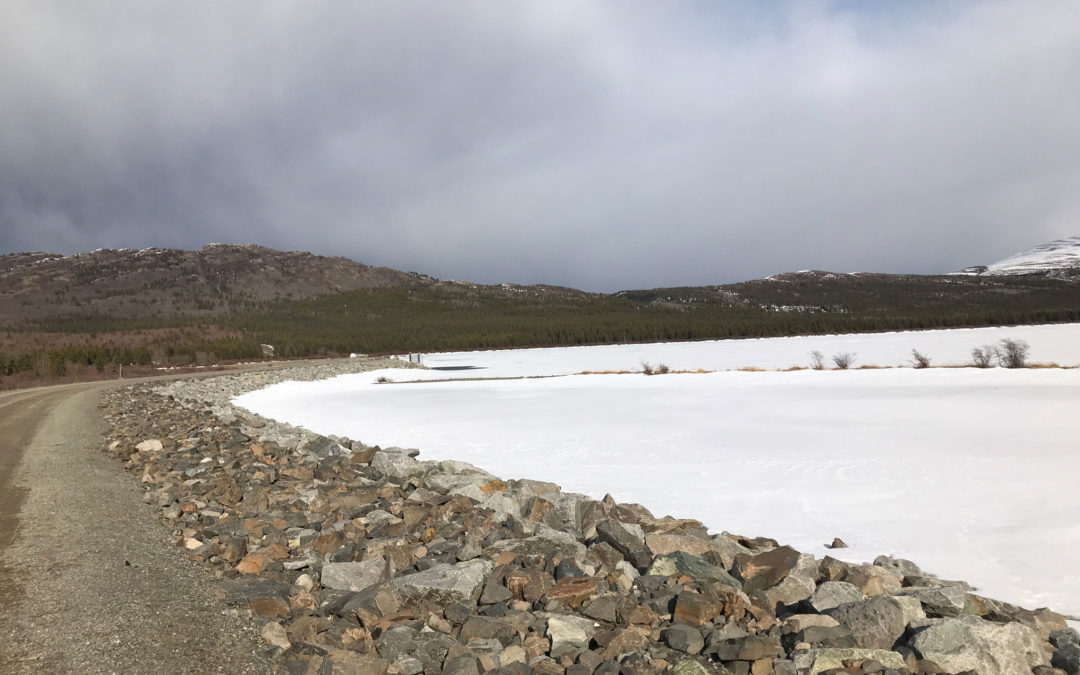

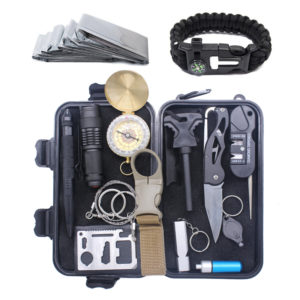
Great article. Cheers!